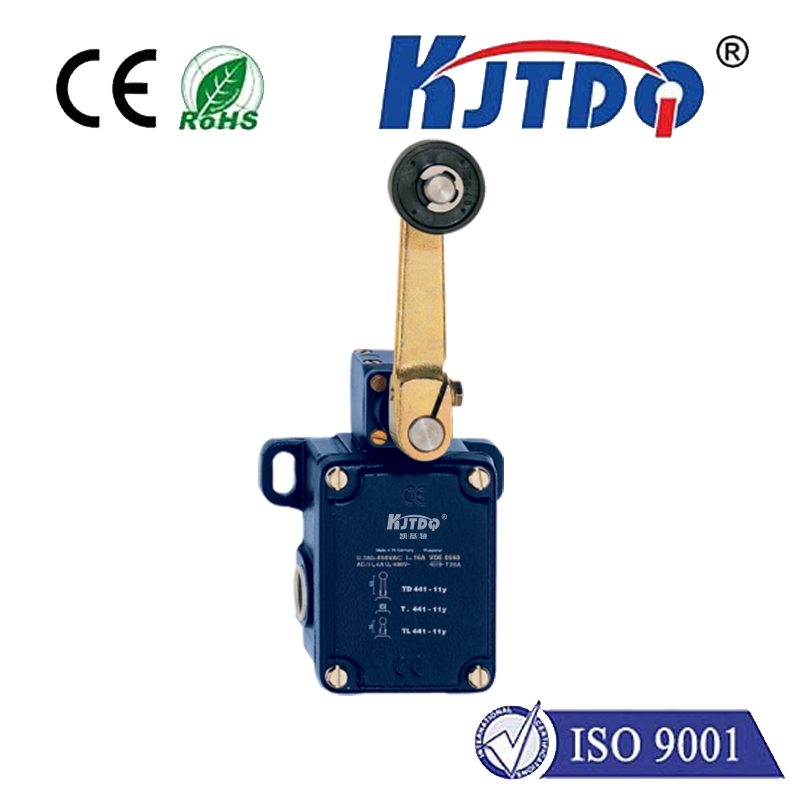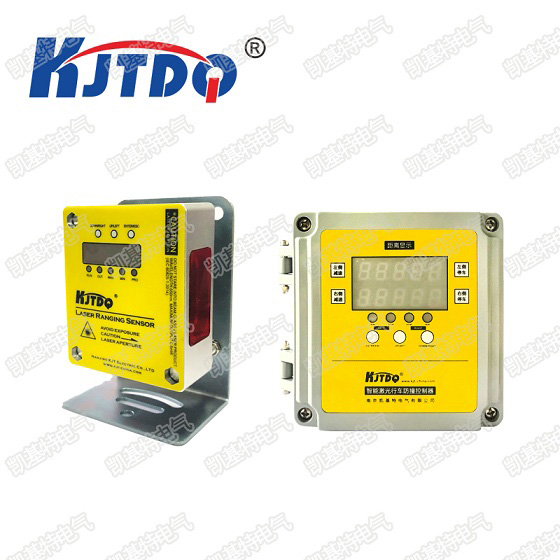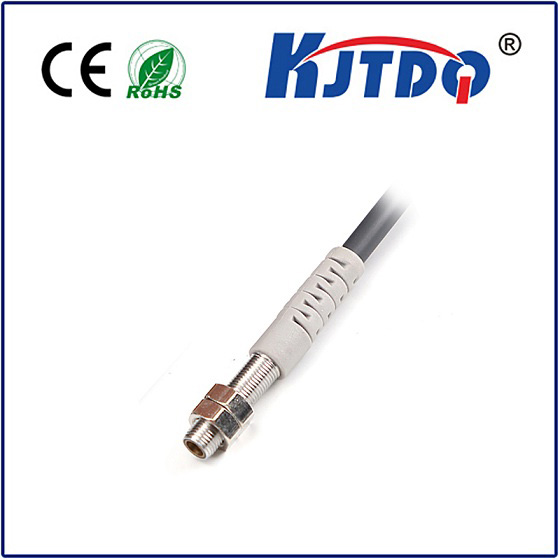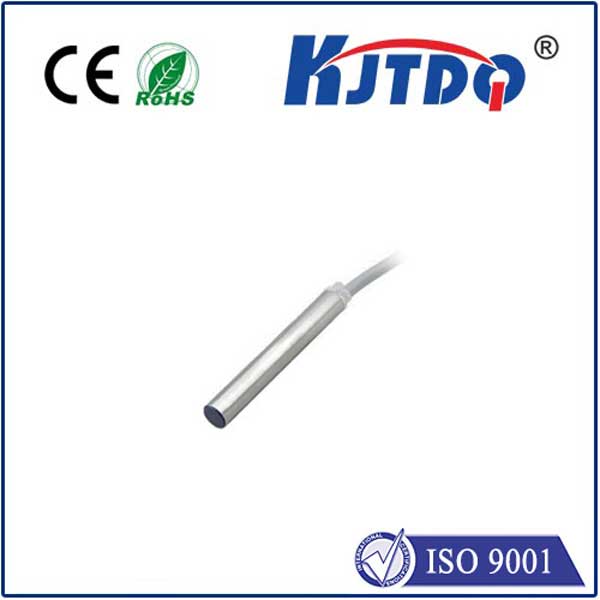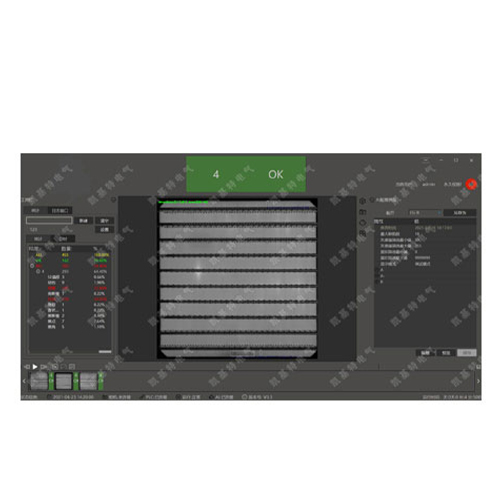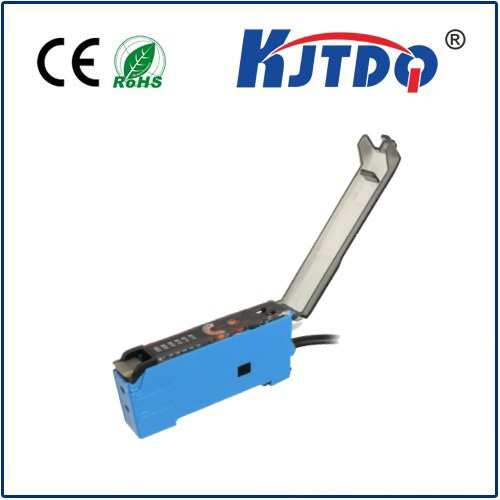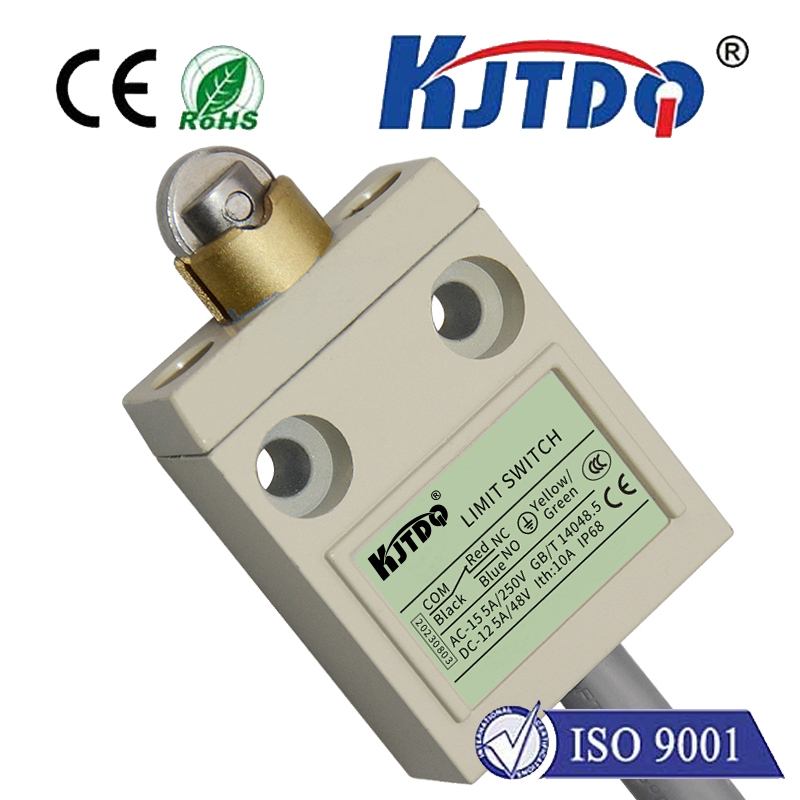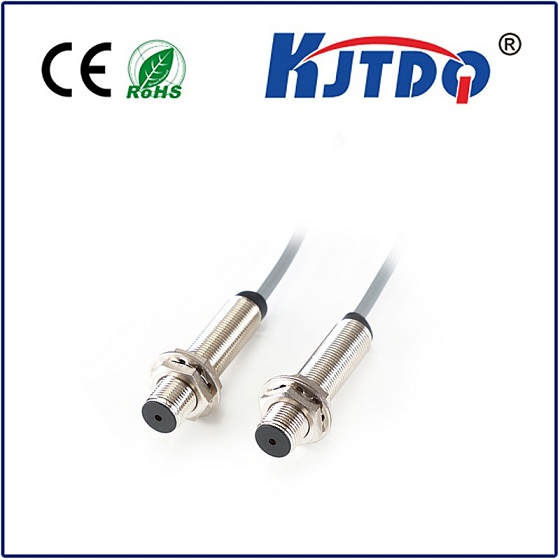

check

check

check

check
Imagine needing precise control for a machine – maybe selecting between forward, neutral, and reverse on a small electric vehicle, or toggling a device between high, off, and low power modes. A simple on/off switch won’t suffice. This is where the ingenious design of the 3 position micro switch shines. These compact yet powerful components are fundamental building blocks across countless industries, offering a crucial third operational state within their miniature footprint. But what exactly are they, how do they function, and why are they so indispensable? Let’s delve into the world of 3 position micro switches.
At its heart, a micro switch is defined by its snap-action mechanism and relatively small size. The defining feature of a 3 position micro switch is its ability to detect or control three distinct states. Unlike a standard single-pole, single-throw (SPST) micro switch (simple on/off), or even a single-pole, double-throw (SPDT) micro switch (on/on), the 3-position variety adds a critical center or neutral position.
Typically, these switches are configured as momentary-off-momentary (MOM) or maintained-off-maintained (MOMOM). In the MOM configuration:
Conversely, the MOMOM type features:
The center detent position is crucial. It provides a clear tactile and often audible click indicating a defined “neutral” or “off” state, preventing accidental activation and ensuring positive state recognition. This detent mechanism is a hallmark of reliable 3 position micro switches.

The Mechanics Behind the Positions
How does such a small device achieve such precise control? The magic lies in the internal actuator and contact arrangement. A lever or roller actuator transfers force from the external mechanism. This force acts upon a carefully calibrated spring system. At a specific point of travel, the spring tension overcomes, causing the snap-action – the contacts instantly and definitively open or close. This rapid break/make action minimizes arcing, extending switch life and ensuring reliable electrical contact.
For three distinct positions, the switch housing contains mechanisms (like specific cam profiles or spring arrangements) that create two stable actuation points (corresponding to Position 1 and Position 3) plus the stable center detent position. The electrical contacts inside are configured accordingly, often as a double-pole, double-throw (DPDT) setup internally wired to achieve the desired 3-position functionality (SPDT or DPDT terminals externally are common).
Why Choose a 3 Position Micro Switch? Applications Galore
The ability to select between three distinct operational states using a single, compact component makes these switches incredibly versatile. Here’s where they prove invaluable:
Key Selection Criteria for Optimal Performance
Choosing the right 3 position micro switch is critical for reliability and longevity. Consider these factors:
The Unsung Hero of Precise Control
From ensuring the safe direction of a mobility scooter to selecting the perfect speed on a power tool or enabling complex industrial sequencing, 3 position micro switches provide an elegant solution for multi-state control within a remarkably small package. Their robust snap-action mechanism, reliable detent position, and adaptable configurations make them indispensable across a vast spectrum of technologies. Understanding their operation, variety, and key selection parameters empowers engineers and designers to integrate these versatile components effectively, unlocking precise and reliable control for countless modern devices and systems. When your application demands more than just simple on/off, the three-position micro switch stands ready as the optimal choice.
